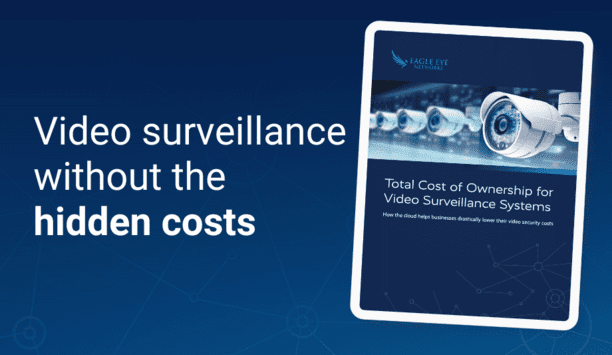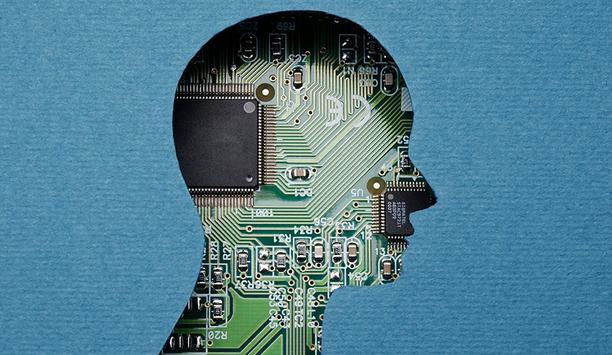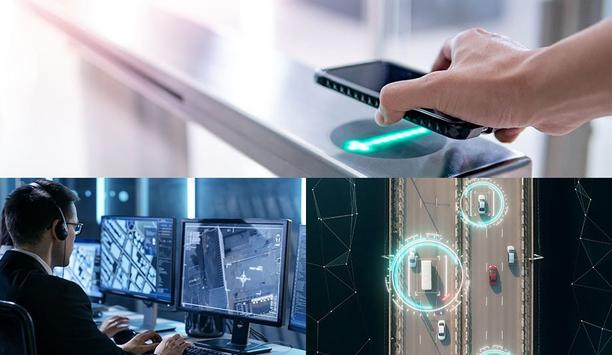Dedrone, a provider of airspace security and developers of the first drone detection software platform, announced their next generation software upgrade, DroneTracker 3. DroneTracker is the industry’s first airspace security solution that includes automated summary reporting for instant diagnosis of drone airspace activity.
DroneTracker 3 enhancements
Automated summary reporting, enabling security personnel to instantaneously assess and analyse drone threats
- Enterprise-grade security and management, allowing for multi-user management and seamless integration into existing security programs
- Increased simplification of platform set up, creating an intuitive and quick-to-deploy system
Together, these updates and improvements make the Dedrone solution the most reliable and accurate platform for drone detection and classification.
“Dedrone is constantly innovating ahead of the market to provide customers with the most accurate and timely drone detection reporting. This is why they have been able to maintain a wide margin as the leader in airspace security providers,” shares John Chambers, Dedrone investor and Executive Chairman of Cisco. “The release of Drone Tracker 3 is a testament to the incredible pace at which Dedrone is advancing the industry.”
Machine learning network software
Dedrone’s software is a machine learning network using information from a proprietary database, DroneDNA. DroneTracker gathers intelligence from various sensors, including radio frequency and Wi-Fi scanners, microphones, and cameras, DroneTracker 3 can detect drones over a mile away from a protected site and determines the communications protocol of the drone, its flight path and the location of the pilot. Once a drone is detected, the software alerts security personnel and can be integrated to deploy a passive security measure or defeat technology.
"Our global customer base is growing every day, as are drone threats across every industry we work with" |
“Ultimately, DroneTracker 3 identifies how many drones are in an organisation’s airspace, a question which was nearly impossible to answer prior to the launch of DroneTracker,” shares Joerg Lamprecht, CEO and co-founder of Dedrone. “Our global customer base is growing every day, as are drone threats across every industry we work with. With this in mind, we’ve added significant enhancements to make DroneTracker an even better fit for enterprise environments, to ensure they understand the risks to their airspace and prevent drone interruptions and threats.”
Additional highlights of DroneTracker 3:
Automated summary reporting: DroneTracker is the industry’s first airspace security solution that includes automated summary reporting right out of the box.
Improved detection and reliability: Drone detection accuracy and reliability have been significantly improved for Dedrone RF Sensors and 3rd-party video cameras. New and upgraded algorithms deliver:
- Improved drone detection accuracy compared to previous versions
- Reduction of false positive detections by over 99%
- Increased drone tracking range for video cameras
- Improved tracking and re-detection of hovering, fast, and small drones
Enterprise-grade security and management: Enterprise customers require solutions that meet security standards, integrate with existing procedures, and enable multi-user management at scale. DroneTracker 3 provides the following:
- End-to-end encryption of communication between sensors and software
- Role-based access control and administration
- Complete change log with audit trail
- Visibility into licence information and inventory
Enhanced ease-of-use: Keeping the user in mind, the Dedrone team has put considerable effort into making the platform as intuitive and user-friendly as possible. In this release Dedrone has added:
- Flexible map modes including static, fixed-coordinate, or live, with support for street, satellite, and hybrid modes
- New alert organisation, including alert filtering, improved page navigation, and configuration of notifications
- A new RF Sensor recording view
- New, simplified software installation and upgrade procedures







